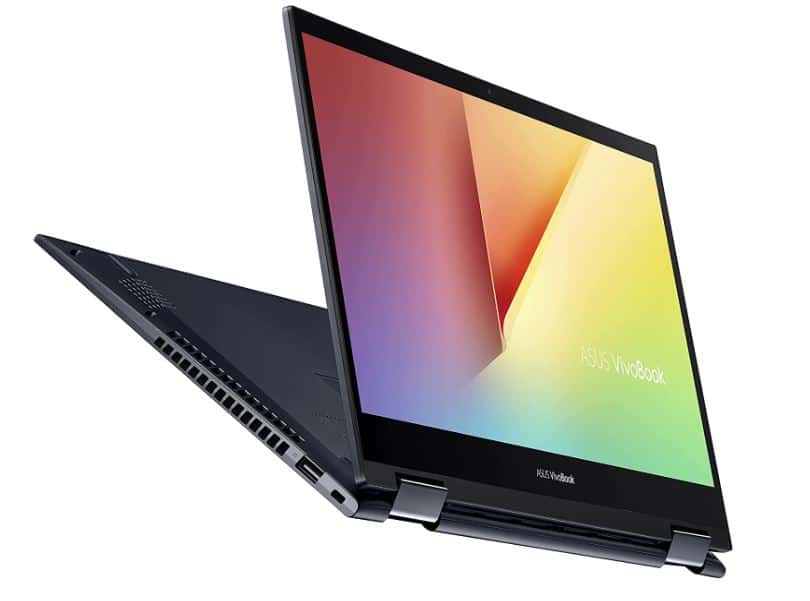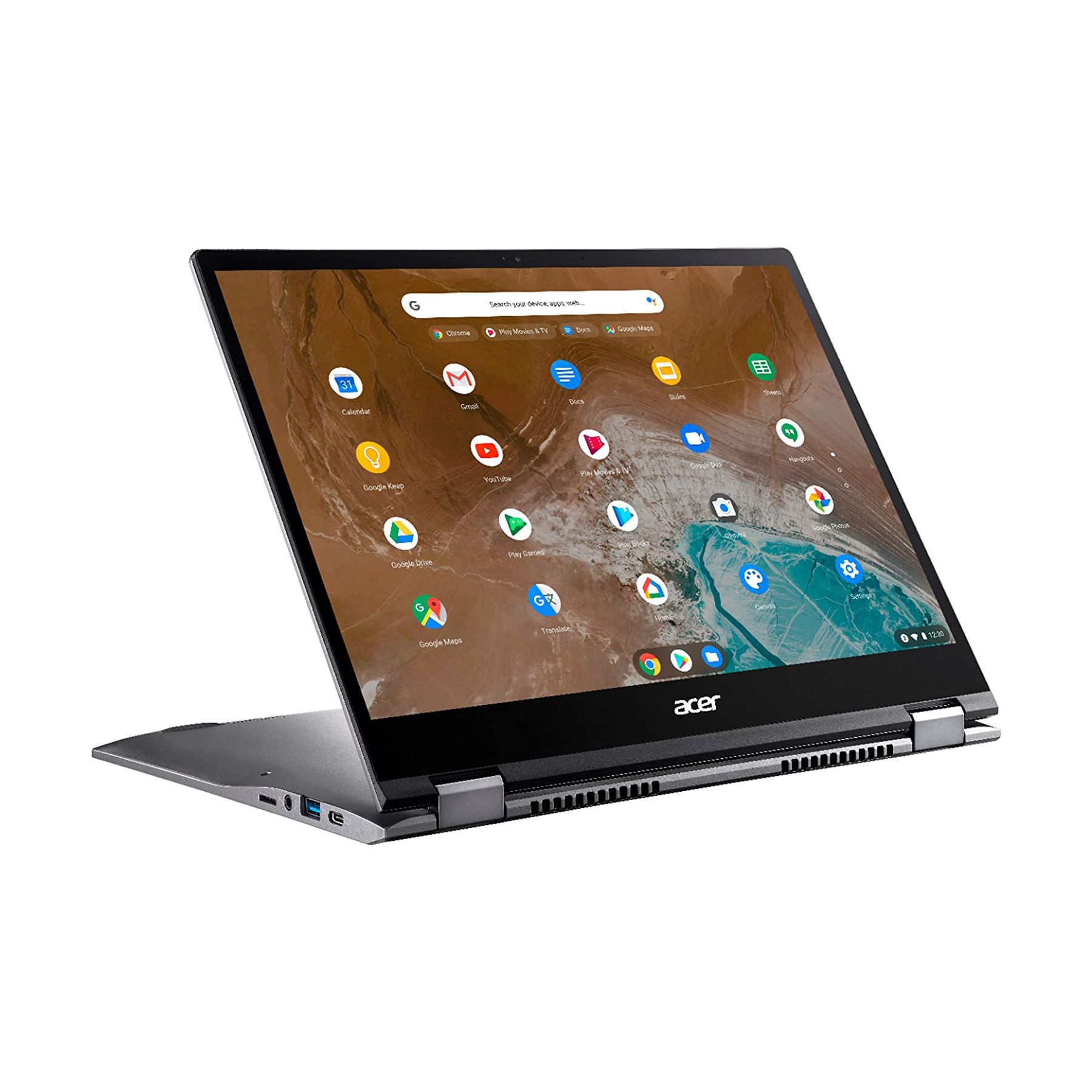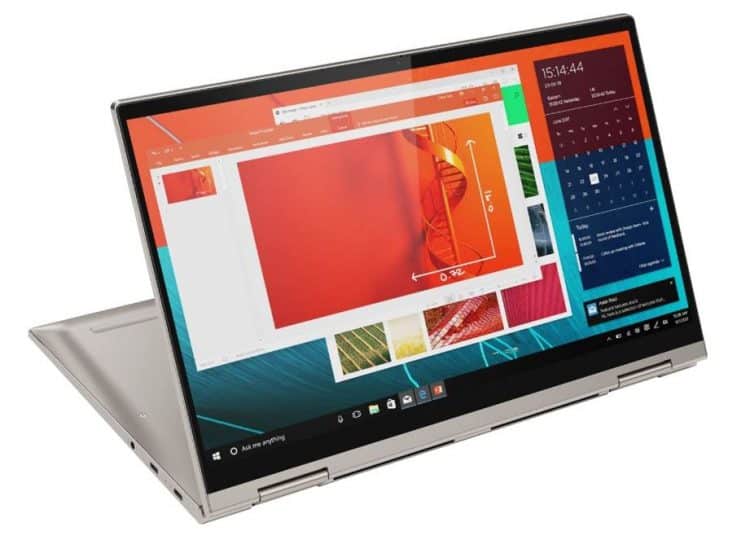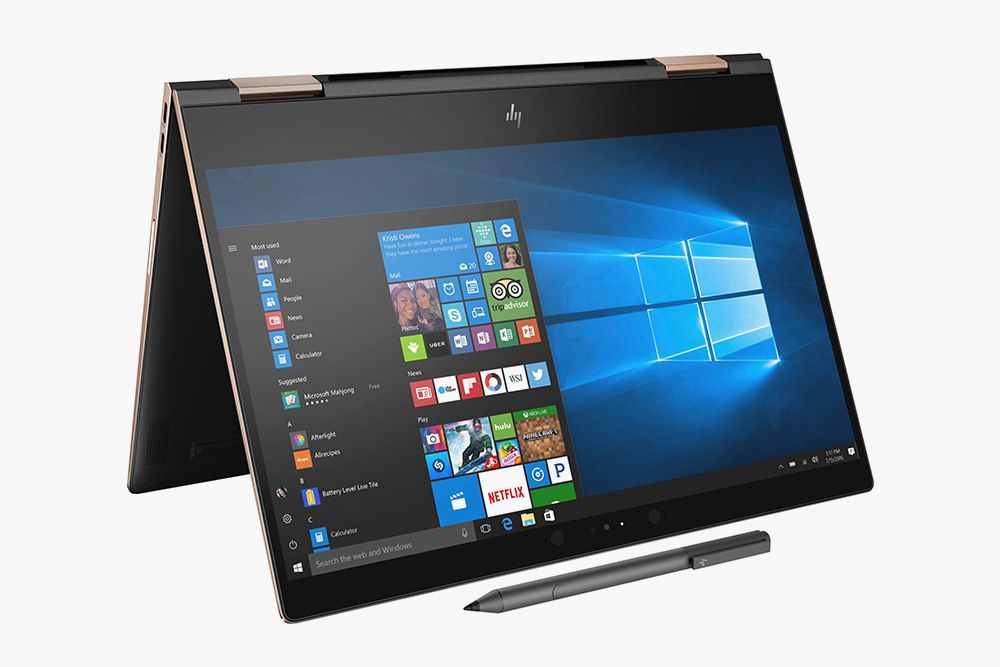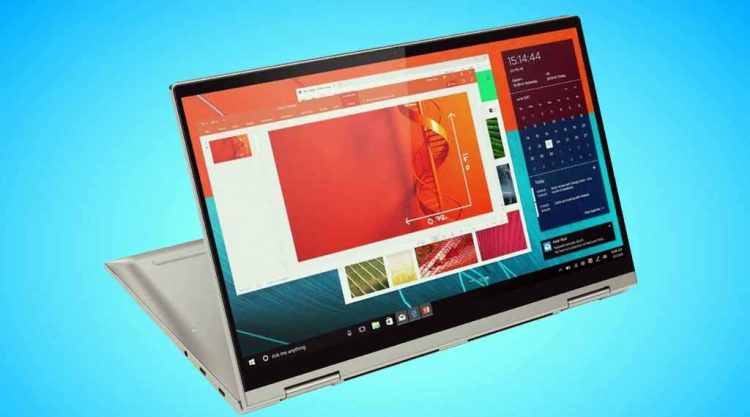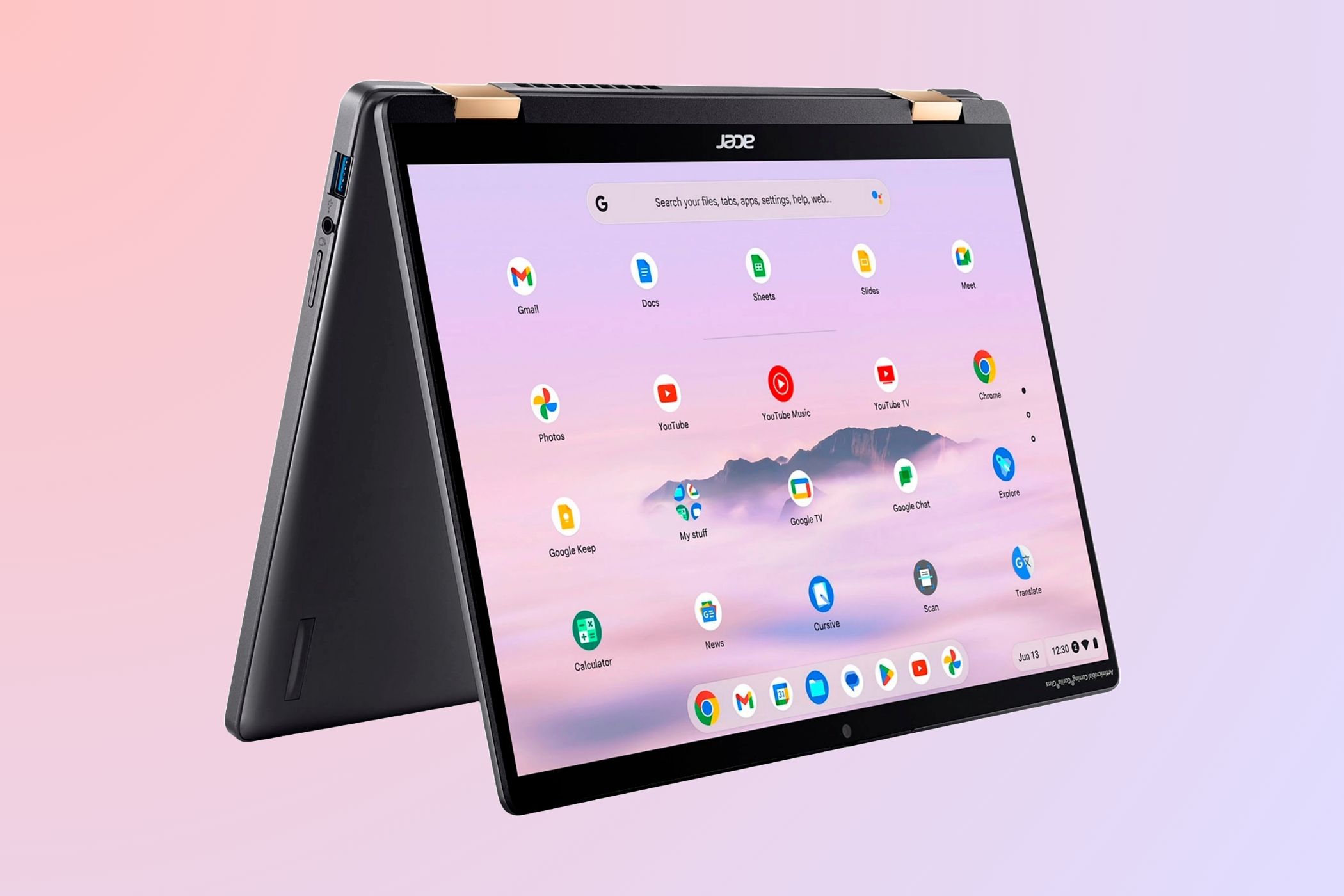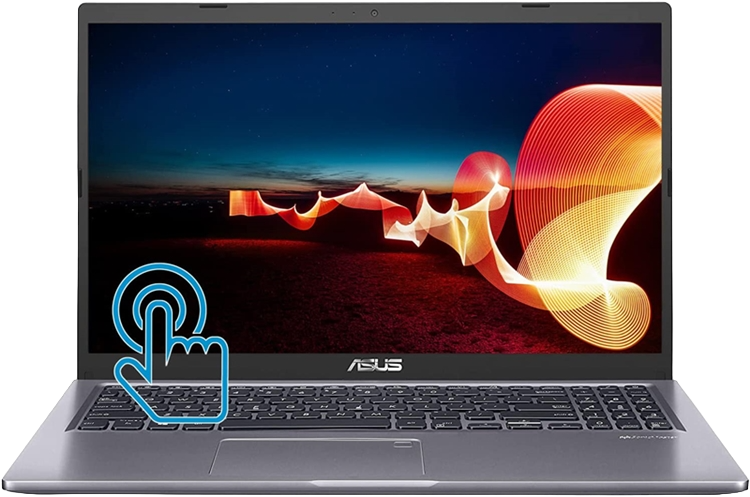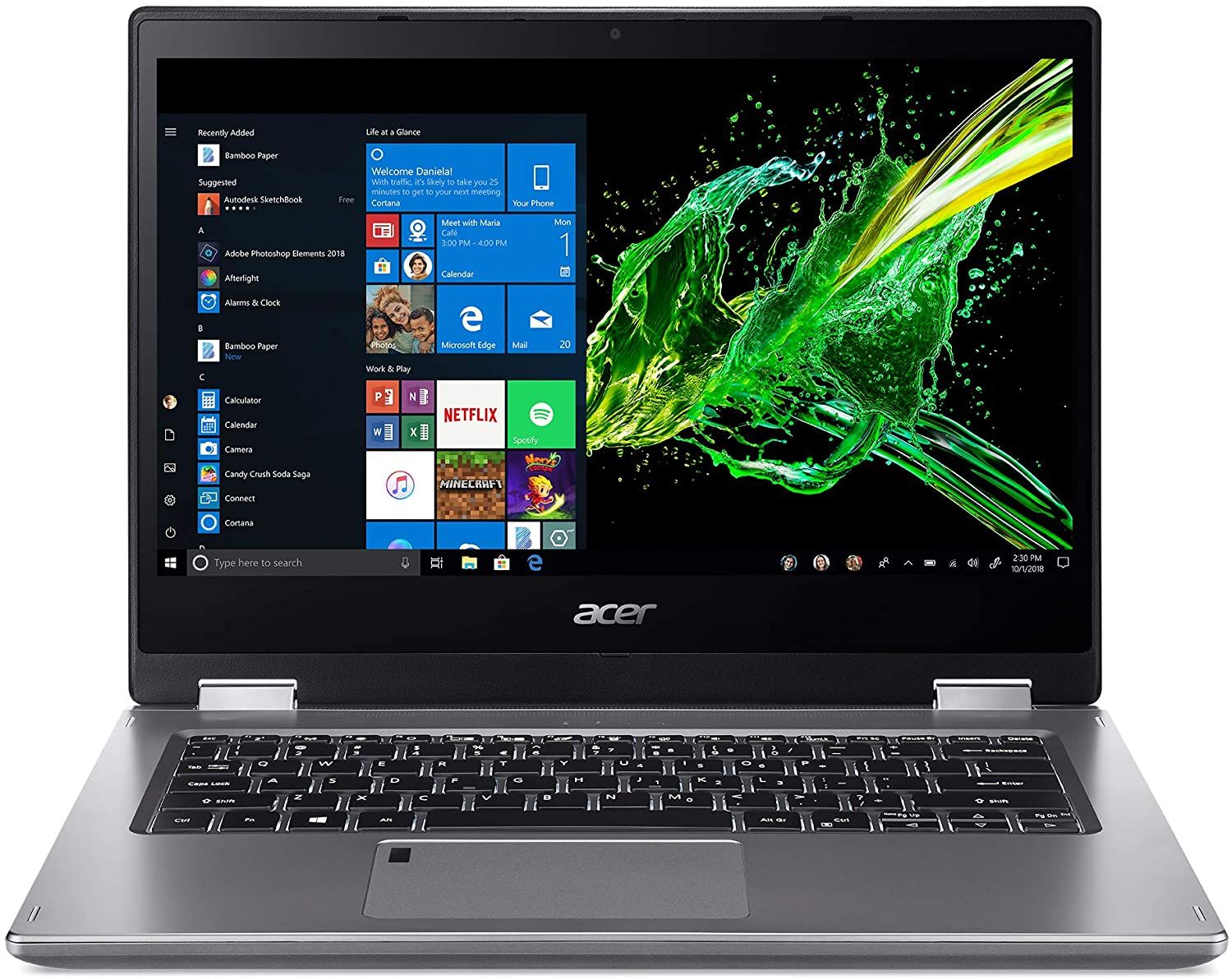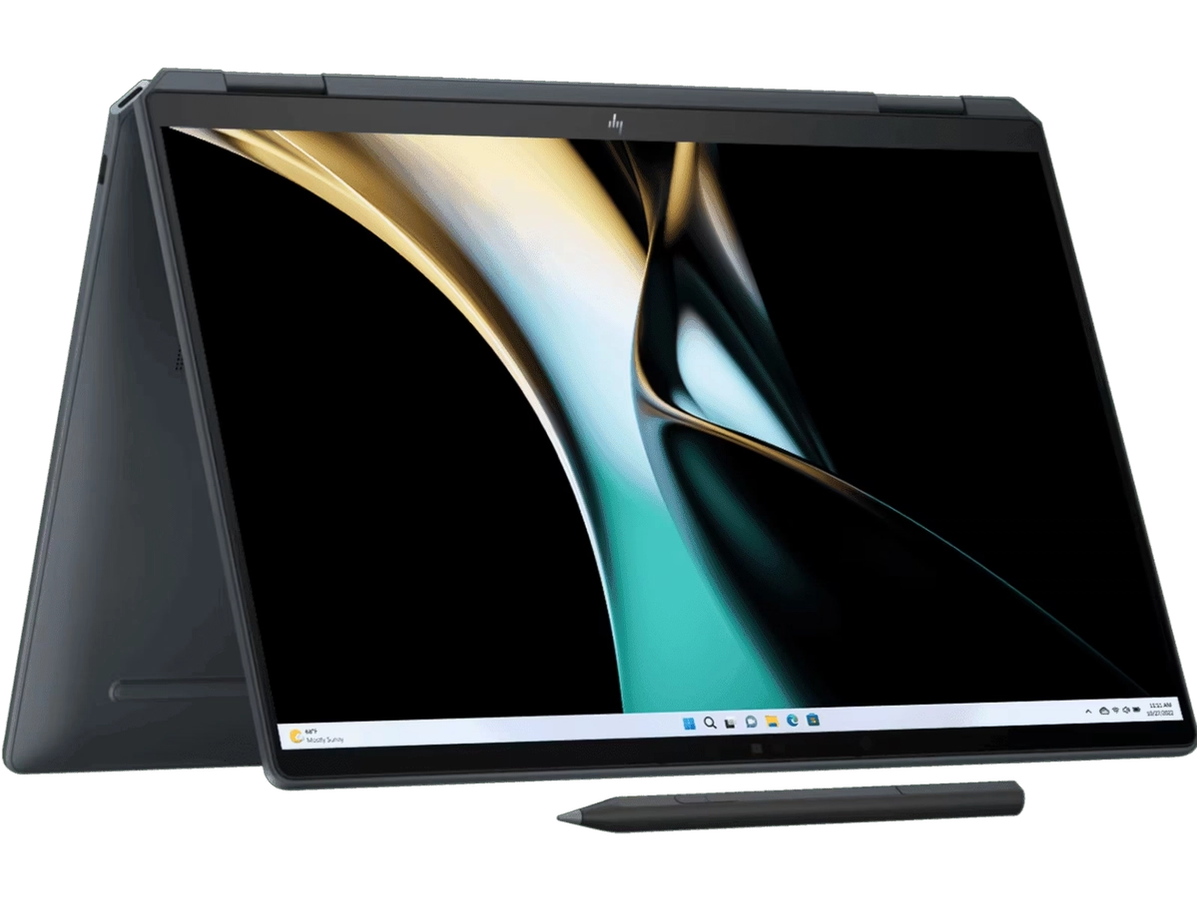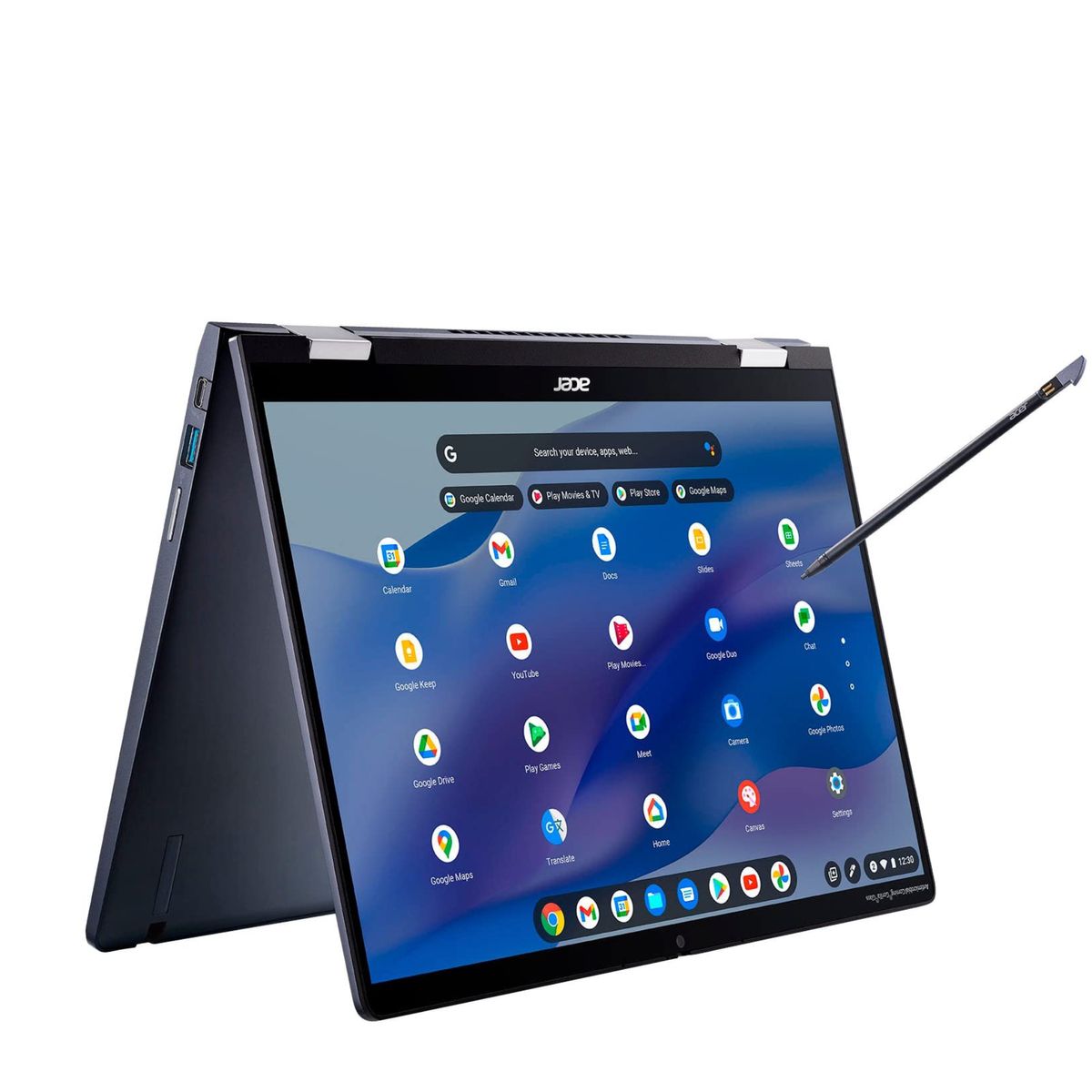Best Touchscreen Laptops Under 500
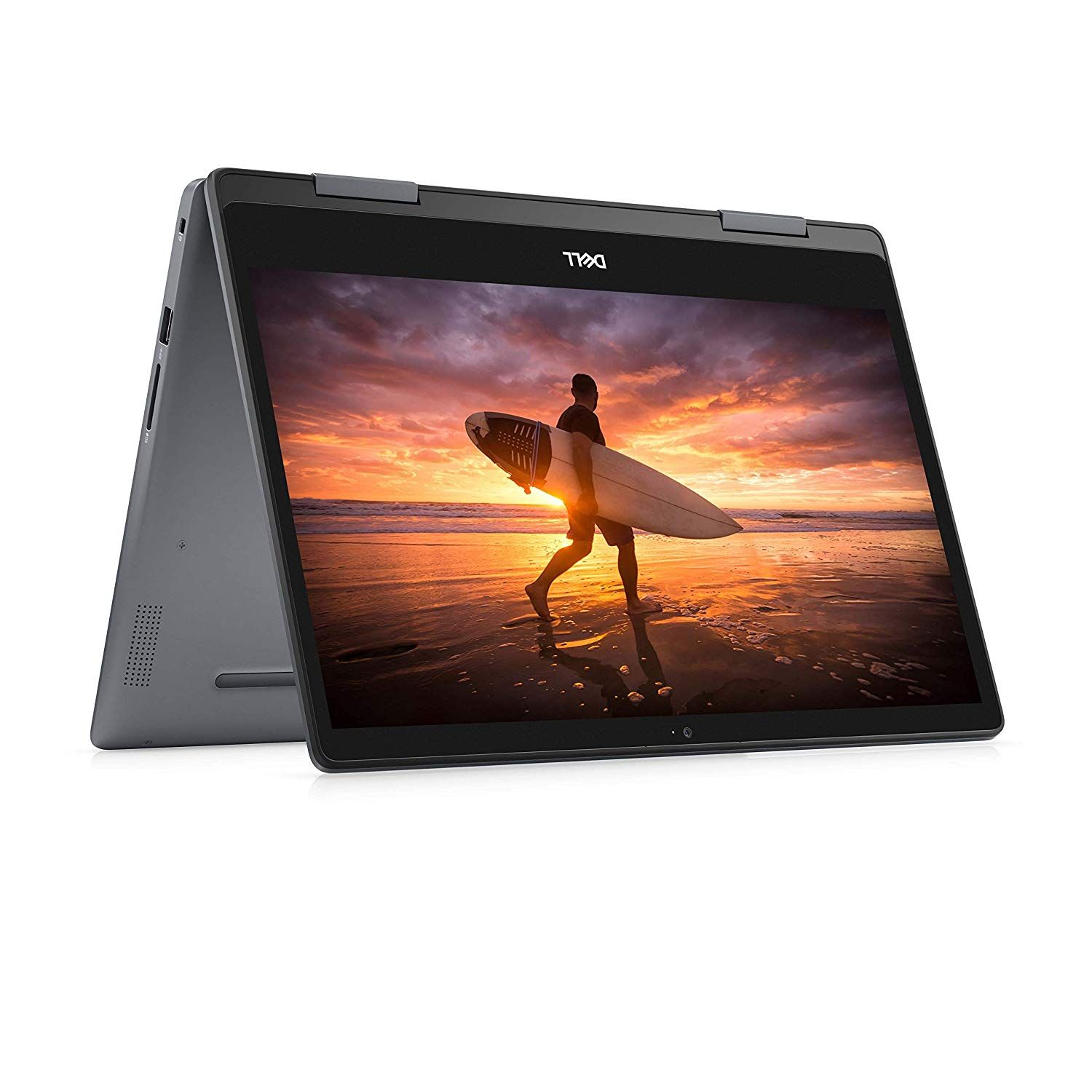
In today's digital landscape, touchscreen laptops offer a blend of versatility and convenience, bridging the gap between tablets and traditional computers. For value-conscious shoppers seeking an affordable entry point into this technology, finding the best touchscreen laptop under $500 requires careful consideration. This review aims to guide you through the market, highlighting top contenders and crucial factors to weigh before making your purchase.
Why Touchscreen Laptops Matter (Even on a Budget)
Touchscreen laptops provide intuitive interaction, making tasks like browsing, note-taking, and creative work more engaging. The added flexibility of a touchscreen can significantly boost productivity and user experience. Even within a budget constraint, a touchscreen laptop can be a valuable tool for students, professionals, and anyone seeking a more dynamic computing experience.
Shortlist of Top Contenders (Under $500)
Here are a few excellent examples tailored to different users:
- For Students: Lenovo Chromebook Flex 5 (13")
- For Everyday Use: HP Chromebook x360 14a
- For On-the-Go Professionals: Acer Spin 311 Chromebook
Detailed Reviews
Lenovo Chromebook Flex 5 (13")
The Lenovo Chromebook Flex 5 stands out for its balance of performance, features, and affordability. It typically features an Intel Celeron or Pentium processor, 4GB of RAM, and 64GB of eMMC storage. It strikes a balance between price and performance.
The 13-inch touchscreen display offers decent clarity and responsiveness. The integrated webcam and microphone are adequate for video conferencing and online classes. It also boasts a comfortable keyboard and a responsive trackpad.
HP Chromebook x360 14a
The HP Chromebook x360 14a is a solid option known for its sleek design and reliable performance. It often comes equipped with an Intel Celeron processor, 4GB of RAM, and 32GB or 64GB of eMMC storage. HP offers some of the best designs in the budget Chromebook space.
Its 14-inch touchscreen display is large enough for comfortable multitasking and media consumption. The convertible design allows you to switch between laptop and tablet modes with ease. It also features a comfortable keyboard.
Acer Spin 311 Chromebook
The Acer Spin 311 Chromebook is a compact and lightweight 2-in-1, perfect for users on the move. It usually features a MediaTek processor, 4GB of RAM, and 32GB or 64GB of eMMC storage. Its smaller form factor makes it highly portable.
The 11.6-inch touchscreen display is ideal for students and users who prioritize portability. Its long battery life ensures you can work or play throughout the day without needing to recharge. The convertible design adds to its versatility.
Side-by-Side Specs and Performance
| Feature | Lenovo Chromebook Flex 5 | HP Chromebook x360 14a | Acer Spin 311 Chromebook |
|---|---|---|---|
| Processor | Intel Celeron/Pentium | Intel Celeron | MediaTek |
| RAM | 4GB | 4GB | 4GB |
| Storage | 64GB eMMC | 32/64GB eMMC | 32/64GB eMMC |
| Display | 13" Touchscreen | 14" Touchscreen | 11.6" Touchscreen |
| Battery Life (Estimated) | Up to 10 hours | Up to 12 hours | Up to 15 hours |
| Performance Score (General Use) | 7/10 | 6/10 | 5/10 |
| Performance Score (Battery Life) | 8/10 | 9/10 | 10/10 |
Note: Performance scores are based on general use and benchmark tests. Actual performance may vary depending on usage patterns.
Practical Considerations
Before buying, consider your primary use case. Is it for school, work, or casual browsing? Also, processor and RAM are critical for performance. Even on a budget, prioritize models with at least 4GB of RAM for smoother multitasking.
Storage is another key factor. Cloud storage can offset limited internal storage, but consider your offline needs. Display size and resolution impact visual experience. A larger screen is better for multitasking.
Battery life is crucial for portability. Read reviews and compare specifications to find a laptop that meets your on-the-go needs. Keyboard and trackpad quality also matter for productivity. Look for comfortable and responsive input devices.
Summary
Finding the best touchscreen laptop under $500 requires a careful balance of features, performance, and price. Consider your primary use case, desired screen size, and storage needs when making your decision. Don't forget to check reviews and compare specifications to ensure you're getting the best value for your money.
The Lenovo Chromebook Flex 5 offers a good balance of performance and features for students. The HP Chromebook x360 14a provides a sleek design and reliable everyday performance. The Acer Spin 311 Chromebook is perfect for users who prioritize portability and long battery life.
Take Action
Ready to find your perfect touchscreen laptop? Explore the models discussed, read user reviews, and compare prices to make an informed decision. Invest in a touchscreen laptop that enhances your productivity and provides a more engaging computing experience without breaking the bank.
Frequently Asked Questions (FAQ)
Q: Can I run Windows on these laptops?
A: The laptops listed here primarily run ChromeOS. Running Windows typically requires more powerful hardware and a higher budget.
Q: What is eMMC storage?
A: eMMC (embedded MultiMediaCard) is a type of flash storage commonly found in budget laptops. It's generally slower than SSDs (Solid State Drives), but it's more affordable.
Q: Are these laptops good for gaming?
A: While you can play some lightweight games on these laptops, they are not designed for demanding gaming. Consider models with dedicated graphics cards and more powerful processors for a better gaming experience, although these are typically above the $500 budget.
Q: Can I upgrade the RAM or storage on these laptops?
A: In many cases, RAM is soldered onto the motherboard and cannot be upgraded. Storage upgrades may be possible, but it varies by model. Always check the manufacturer's specifications before attempting any upgrades.
Q: What are the benefits of a Chromebook?
A: Chromebooks are known for their speed, simplicity, and security. ChromeOS is a lightweight operating system that focuses on web-based applications. They also receive automatic updates, ensuring they remain secure and up-to-date.
